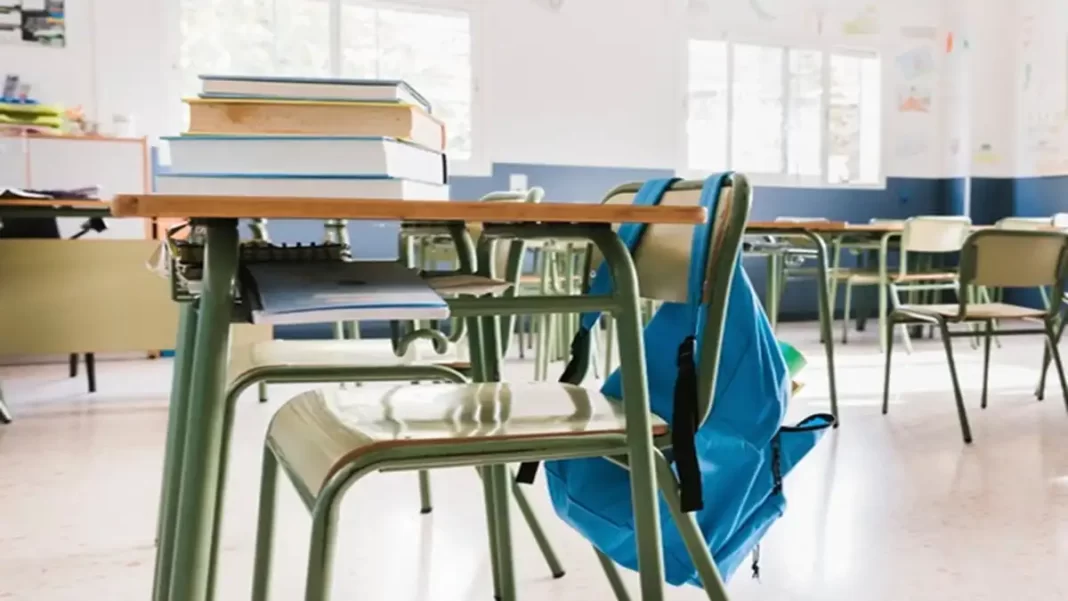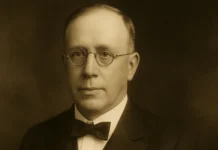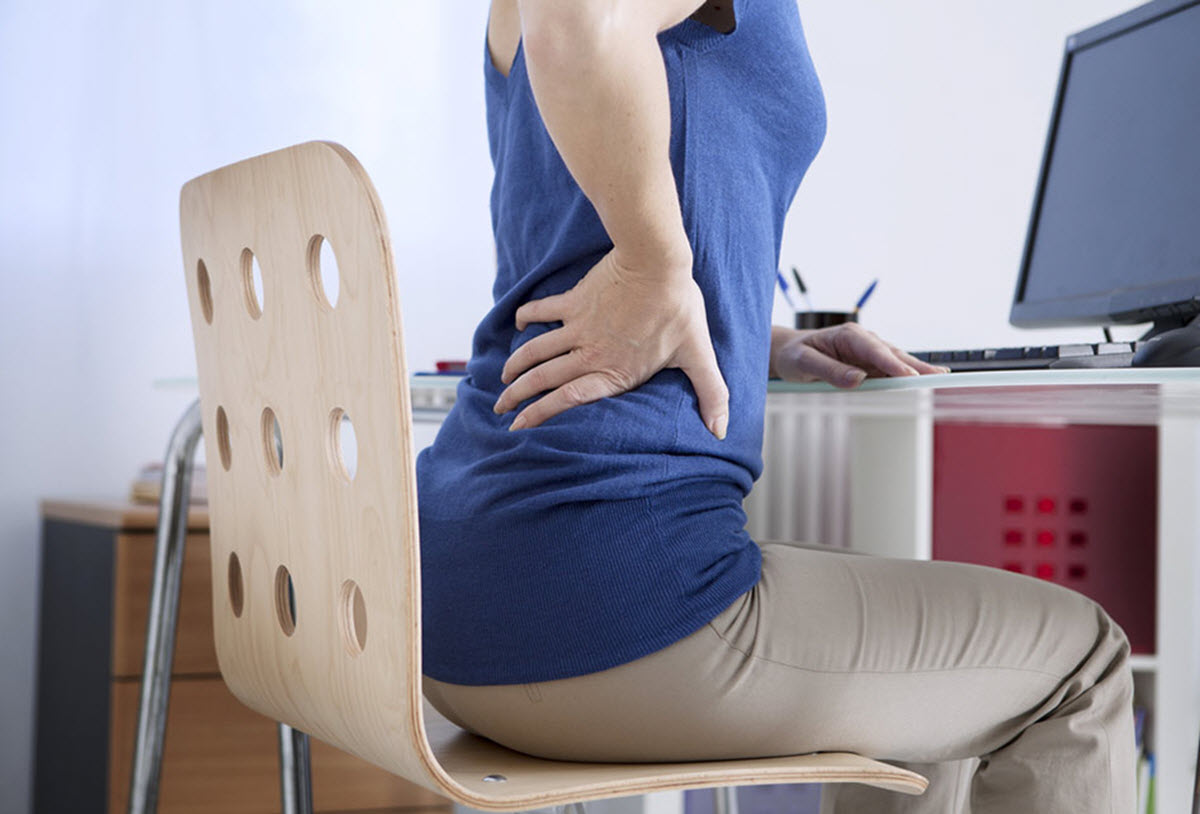Back pain in children is different than that seen in adults. This is often more serious, especially in children under 4 years old.
Serious symptoms that accompany back pain
- Fever or weight loss
- Weakness or numbness
- Difficulty walking
- Pain that radiates down one or both legs
- Bowel or bladder problems
- Pain that prevents the child from sleeping
- Terms
- Muscle tension and imbalances
- Muscle stretching is most often responsible for back pain in children and adolescents. The following causes are encountered
Tight hamstring muscles
Weak abdominal muscles
Rounded back
In adolescents, increased roundness of the back (seen from the side) – also called Scheuermann’s kyphosis – is a common cause of pain in the middle of the back (the thoracic spine). The vertebrae get stuck, causing a rounded or hunched back. The curved part of the back can be painful and the pain can get worse with activity.
Spinal stress fracture
Spondylolysis, or stress fracture, can cause lower back pain in teens. Stress fractures can occur during adolescent growth spurts or in sports that cause repetitive twisting and hyper-extension to the spine, such as gymnastics, diving, and soccer.
The pain is usually mild and may radiate to the buttocks and legs. The pain is worse with activity and better with rest. A child with spondylolysis may walk with stiff legs and only be able to take small steps.
Slipped vertebra
A slipped vertebra, or spondylolisthesis, occurs when one vertebra moves forward over the next vertebra directly below it. This can sometimes represent the progression of spondylolysis. It usually occurs at the base of the spine (lumbar-sacral junction). In severe cases, the bone narrows the spinal canal, which presses on the nerves.
Infection
In young children, an infection in a disc space can lead to back pain. Discitis usually affects children between the ages of 1 and 5, although older children and adolescents can also be affected.
A child with discitis may exhibit the following symptoms.
Pain in the lower back or abdomen and stiffness in the spine
Walking with a limp or simply refusing to walk
Squat with a straight spine when grabbing something from the floor, rather than bending from the waist
Tumor
On rare occasions, tumors, such as osteoid osteoma, can cause back pain. When they occur, spinal tumors are most often found in the middle or lower back. The pain is constant and usually gets worse over time. This pain is progressive; it is unrelated to activity and/or occurs at night.
For more information on osteoid osteomas: Osteoid osteoma
At the top

















